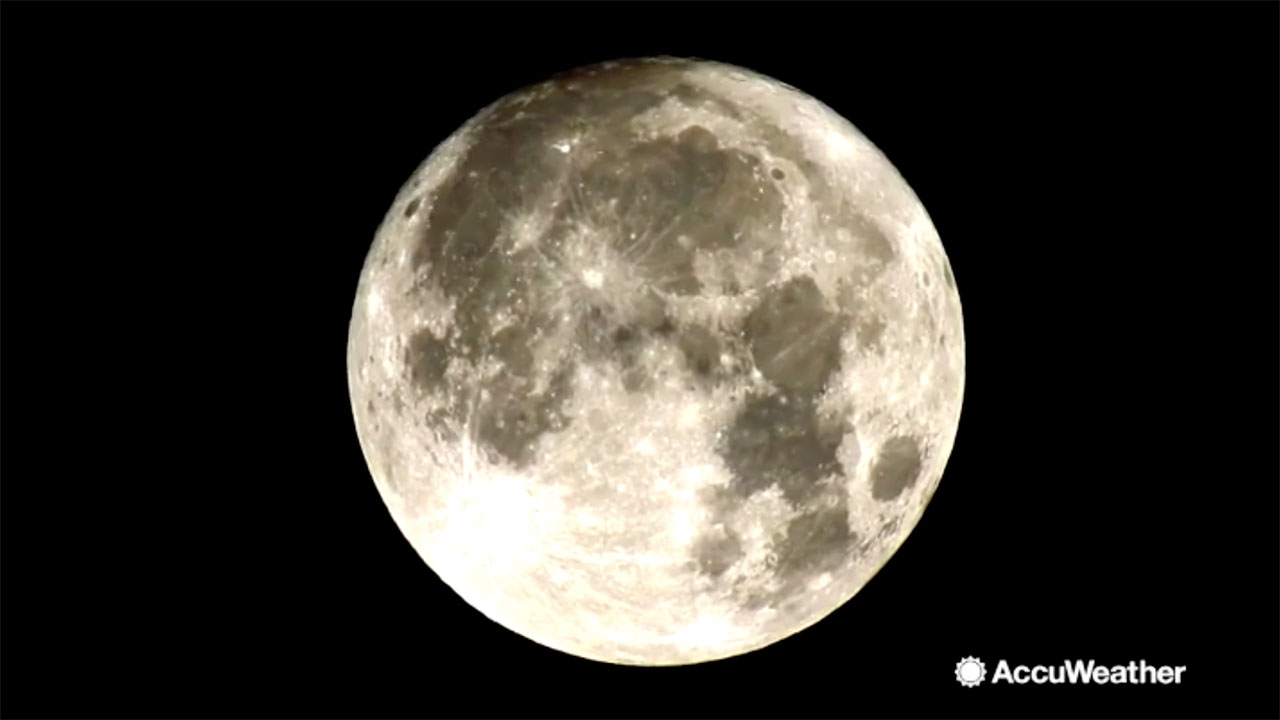

Through the elliptical orbit of the Moon around the Earth, there is an annual cycle of full months - one of them is the further, smaller and dimer of the year (apogee), and in six months it will look bigger and brighter (perigee). If it seems to you that this full moon will look brighter than in the last few months, this is not your imagination.

The biggest and brightest full moon in 2023 If you have a telescope or binoculars, you can take a closer look and most likely see a small shadow on the eastern part of the Moon on Monday evening and a little shadow on the western part on Tuesday evening. In addition, when the Moon descends on the night of March 7-8, it will still be more than 99% full and will remain so until Wednesday. Under such conditions, when we look at the Moon on the night of March 6-7, it will seem to be 99% full. The closest full moon this year will take place May 26.In addition, to the naked eye, the Moon may still appear full for more than a day.

According to NASA, in a typical year there can be 2 to 4 full supermoons in a row. There is also the term "supermoon," coined by astrologer Richard Nolle in 1979, which refers to when a new or full moon is also at its closest point to Earth. On rare occasions it does block the sun, and this is called a solar eclipse. Usually, a new moon does not block out sunlight even though it comes between the Earth and the sun, because its orbit around the Earth is slightly tilted. The side of the moon facing us gets no sunlight, making it appear dark in the sky. As a result, all the light from the sun is hitting the back of the moon, or the side that we cannot see. The opposite of a full moon is a new moon, when the moon is again positioned opposite the sun, but this time on the other side of the Earth, so that it comes between us and sun. This means that the light from the sun passes the Earth and fully illuminates the moon's surface from our perspective on the ground, making the moon appear as a bright, full circle. The Old Farmer's Almanac notes there are a number of alternative March moon names that point to the appearance of certain animals around this time, including the Eagle moon and Goose moon.įull moons occur when the moon is positioned opposite the sun in its monthly orbit around the Earth. The Worm moon is thought to get its name from tribes more to the south, because March is the time of year in which earthworms begin to appear in the soil as the ground thaws.Īccording to NASA, the reason this name comes from southern tribes is because glaciers in the northern parts of North America wiped out the native earthworms there. Some called it the Crow moon because of the cawing of crows at the end of winter, tribes also called the March full moon the Crust moon because of the crusty appearance of snow as it begins to thaw during the day and refreeze at night. The Sugar moon, or Sap moon, is so named because March marks the time of year when the sap of sugar maple trees begins to flow, and they can be tapped. Usually, these names are linked to the transition from the winter season to the spring season and describe how nature signals this change in various ways. What Causes a Ring Around the Moon? People in the U.S.Spectacular NASA Images Show Seasons Changing on Saturn.What to Know About the Super Pink Moon That Will Light up the Sky in 2021.


 0 kommentar(er)
0 kommentar(er)
